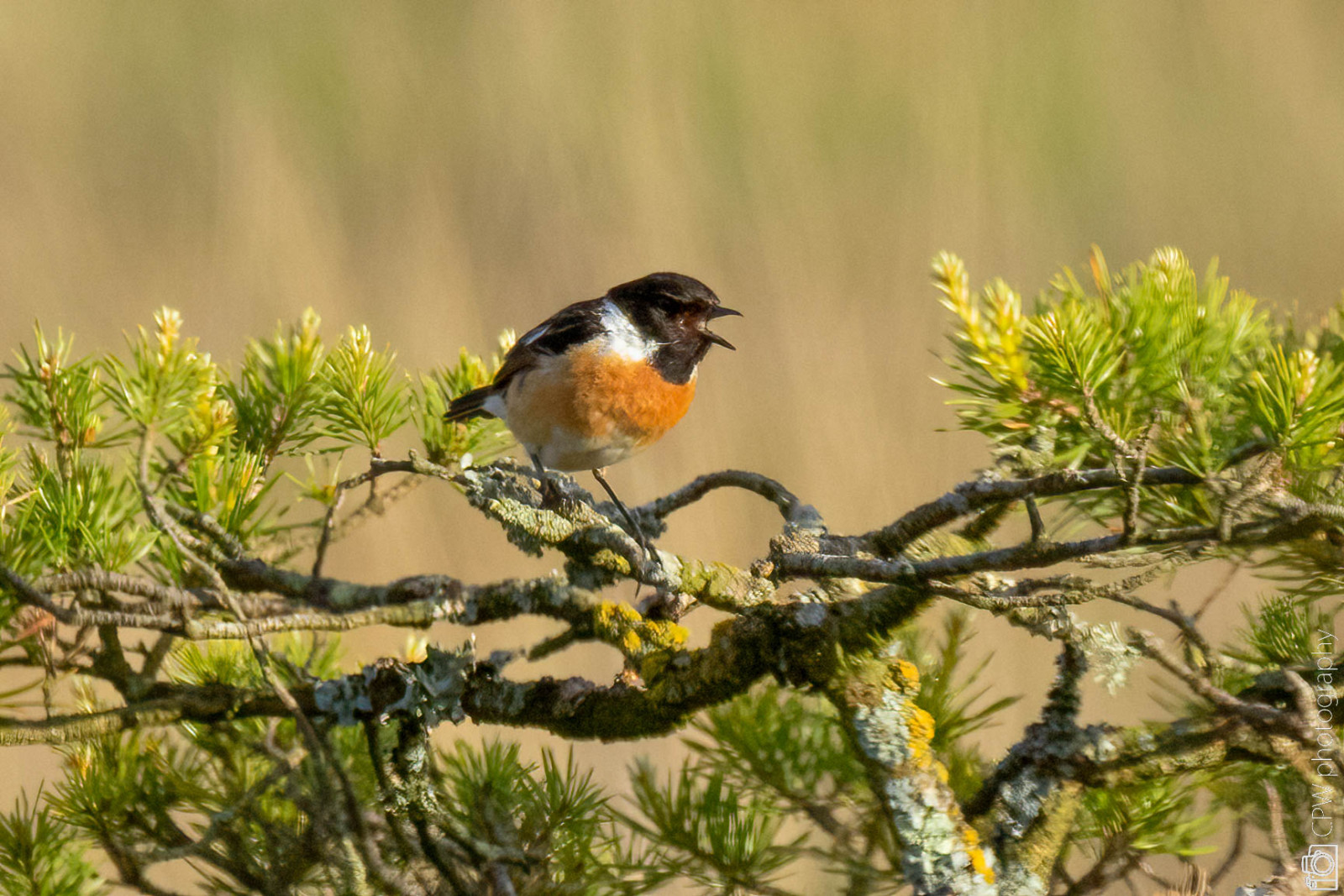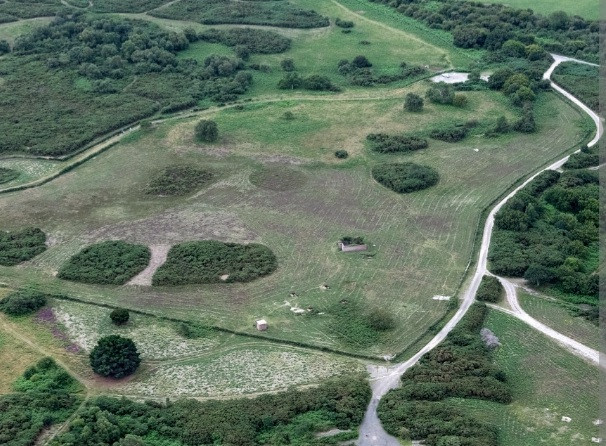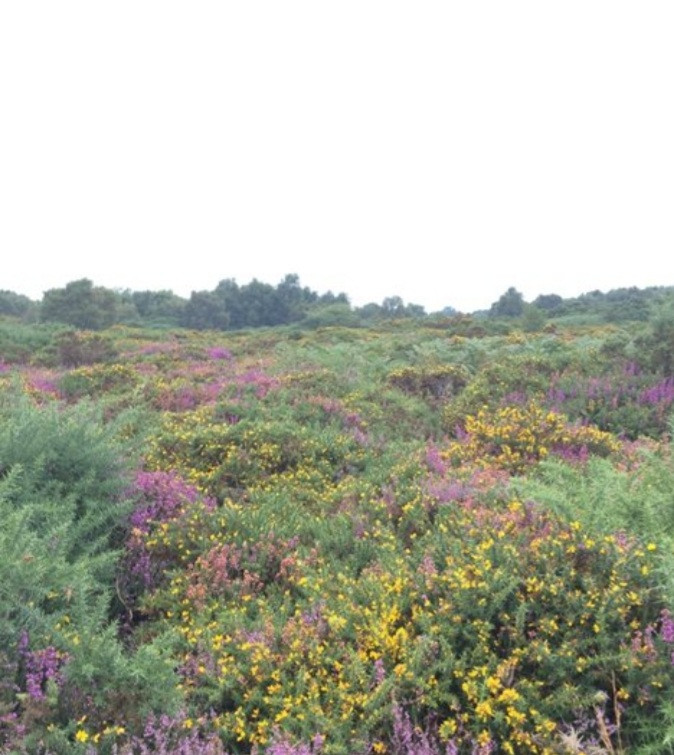Descrizione
Salthouse Heath is a dry coastal heathland which was formed thousands of years ago by glacial deposits as part of the Cromer Ridge. The land rises steeply towards the coast, whilst undulating gently away southwards. The Heath is a rare mosaic of acid dry heath, dry acid grassland, dense gorse scrub and broad-leaved woodland, bounded by blackthorn. Wildflowers here include heath bedstraw, lady's bedstraw, stitchwort, cranesbill, speedwell and wood sage. Amongst these can be found adders, common lizard, slow worm, hares and roe deer. Birds are heath specialists eg Succiacapre, Saltimpalo, Fanello, Zigolo giallo, Tottavilla, Gheppio, Tortora selvatica, Poiana, Nibbio reale, Lodolaioand Rampichino alpestre.
Dettagli
Accesso
30 miles north of Norwich via A140 and B1149. The site is midway between Cley and Sheringham and Cley. Turn south from A149 in Salthouse village and continue for one mile. Click on the P in the map to get directions to a parking. Regular bus route on the A149. Nearest trains at Sheringham, 6 miles east.
Terreno e habitat
Alberi e cespugli sparsi , Foresta , Prateria/pascolo , Brughiere/lande , Terreni coltivatiCaratteristiche dell’area
Terreno piano , SabbiosoPercorso ad anello
SiÈ utile un cannocchiale?
Può essere utileBuona stagione per il BW
Primavera , AutunnoMiglior periodo per visitare
PrimaveraPercorso
Sentiero ampioGrado di difficoltà del percorso a piedi
Difficoltà mediaModalità di accesso
A piedi , BiciclettaCapanno/torretta di osservazione
NoInformazioni aggiuntive
There are several tumuli (ancient burial mounds) in the nearby wood, marked with a star on the map.





